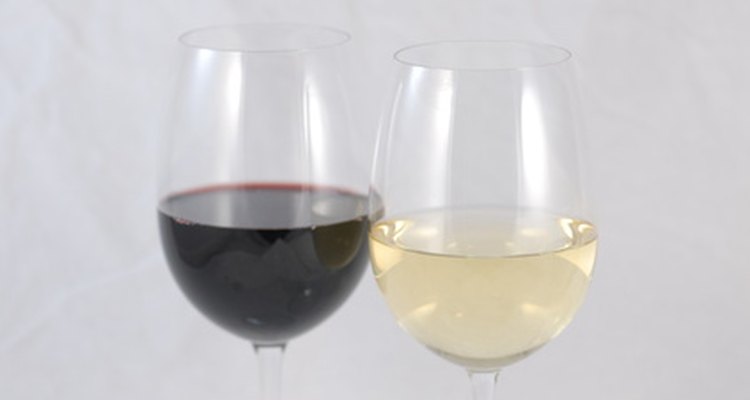
How good wine tastes, whether it's homemade or aged at a vineyard, depends on more factors than the wine-making process. How a wine is stored and handled has a distinct effect on its flavor. Proper storage and handling techniques will improve the taste of your wine.
Store your wine at its optimum temperature. White wines are typically stored at cooler temperatures than red. In general, most wines can be safely stored in temperatures ranging from 40 to 65 degrees Fahrenheit.
Maintain humidity levels at between 50 and 70 percent. This is to reduce cork shrinkage, which can allow oxygen to seep into the bottle, which in turn begins the process of turning your wine into vinegar.
Lay your wine bottles on their sides for storage. This keeps the cork wet. A dry cork can crumble and allow in oxygen.
Store your wine in an area where there won't be vibrations. The best storage is a wall-anchored, wooden rack. The wood minimizes vibrations.
Keep your wine in a dark place. Ultraviolet light penetration, even through dark bottles, can ruin your wine. Sparkling wines are particularly sensitive to the light.
Drink the wine from a glass with a deep bowl that is tapered toward the top. The shape of the glass affects the aroma and intensifies the flavor. Different wines have different, traditional glasses. Use the appropriate glasses for red, white or sparkling wines.
Decant the wine before drinking to improve its taste. This is a must with older red wines likely to have sediment, but it also can help with other wines. Letting your wine breathe as little as 15 to 20 minutes will soften the tannin taste.
Add a little soda water to your wine if all else fails.
Related Articles

Should I Store Red Wine Horizontally or ...

Does a Chilled Champagne Bottle Need to ...
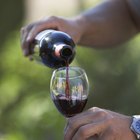
Why Does Wine Not Expire?
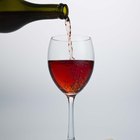
Can Shaking Wine Ruin It?

How to Store Cognac

How Long Does Liquor Keep in Storage?

How Long Can a Bottle of Vodka Last ...
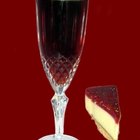
How to Use Bentonite for Clearing Wine

Why Is White Wine Turning Brown in a ...
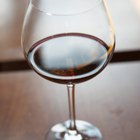
Red Wines That Need to Be Chilled

What Does VSOP Mean?

How to Make Merlot Wine
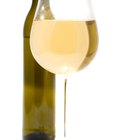
How to Remove Mold From Wine
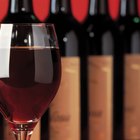
How to Use Wine Conditioner

What Wine Do You Pair With Chinese ...

How to Reduce Wine With Sugar to a Glaze

Qualities of a Good Wine

What Is the Difference Between Wine & ...

How Long Should a Wine Collector Keep a ...

Does Unopened Sake Go Bad?